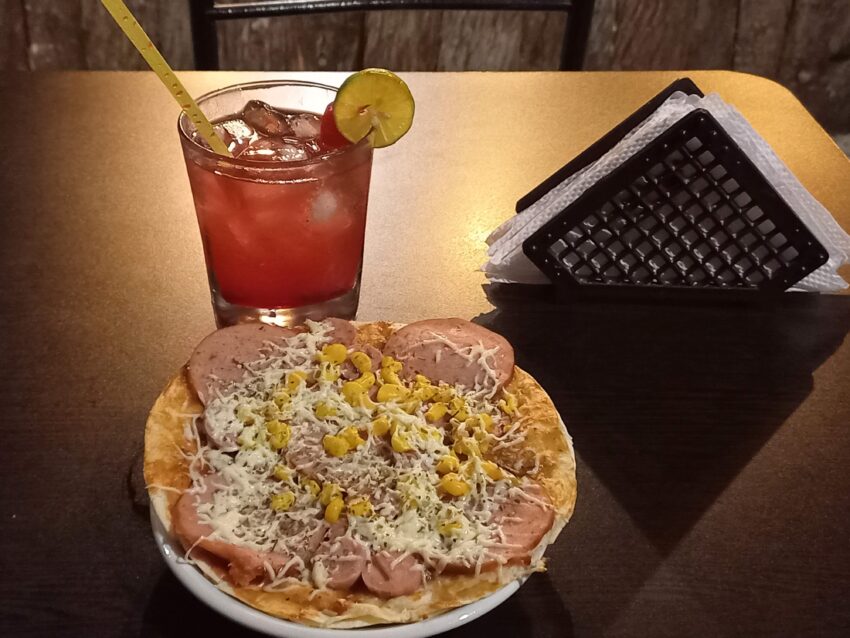All I want is a cup of black coffee with some milk on the side. But, in Colombia, you can’t always get what you want.
If you order café (coffee) in a café (cafetería), you’ll get a cup of hot milk with a splash of coffee. If you ask for tinto, you’ll get a small, plastic cup of black coffee — usually pre-sweetened — with no milk. If you ask for a café with leche al lado (milk on the side), you’ll get a strange look because café already comes with leche, so why would you want more on the side?
Occasionally, if you are lucky, you can convince a waiter to bring you tinto puro (black coffee without sugar) with leche a parte (milk separate), but the milk will come in a second coffee cup, and it will spill all over the table when you try to pour some into your coffee. You will eventually learn to ask for a cucharita in addition to leche a parte which you can use to transfer small amounts of milk into your tinto and stir without making a mess. Still, you will get a strange look because why would you pour your own milk in your coffee when the waiter will do it for you?
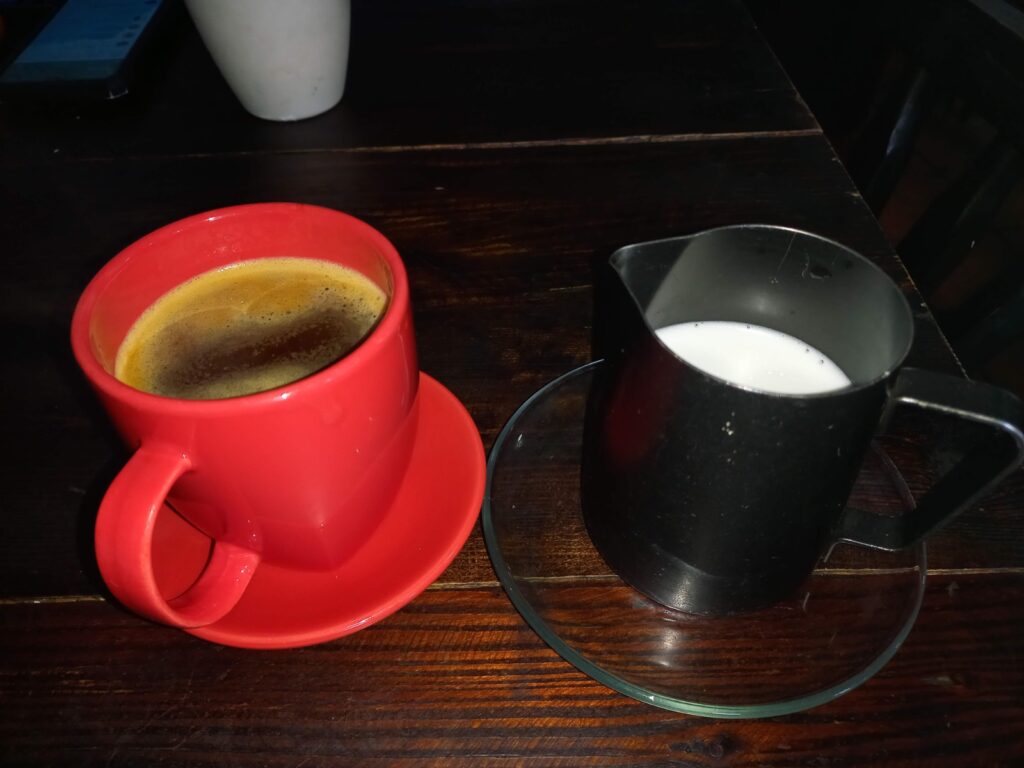
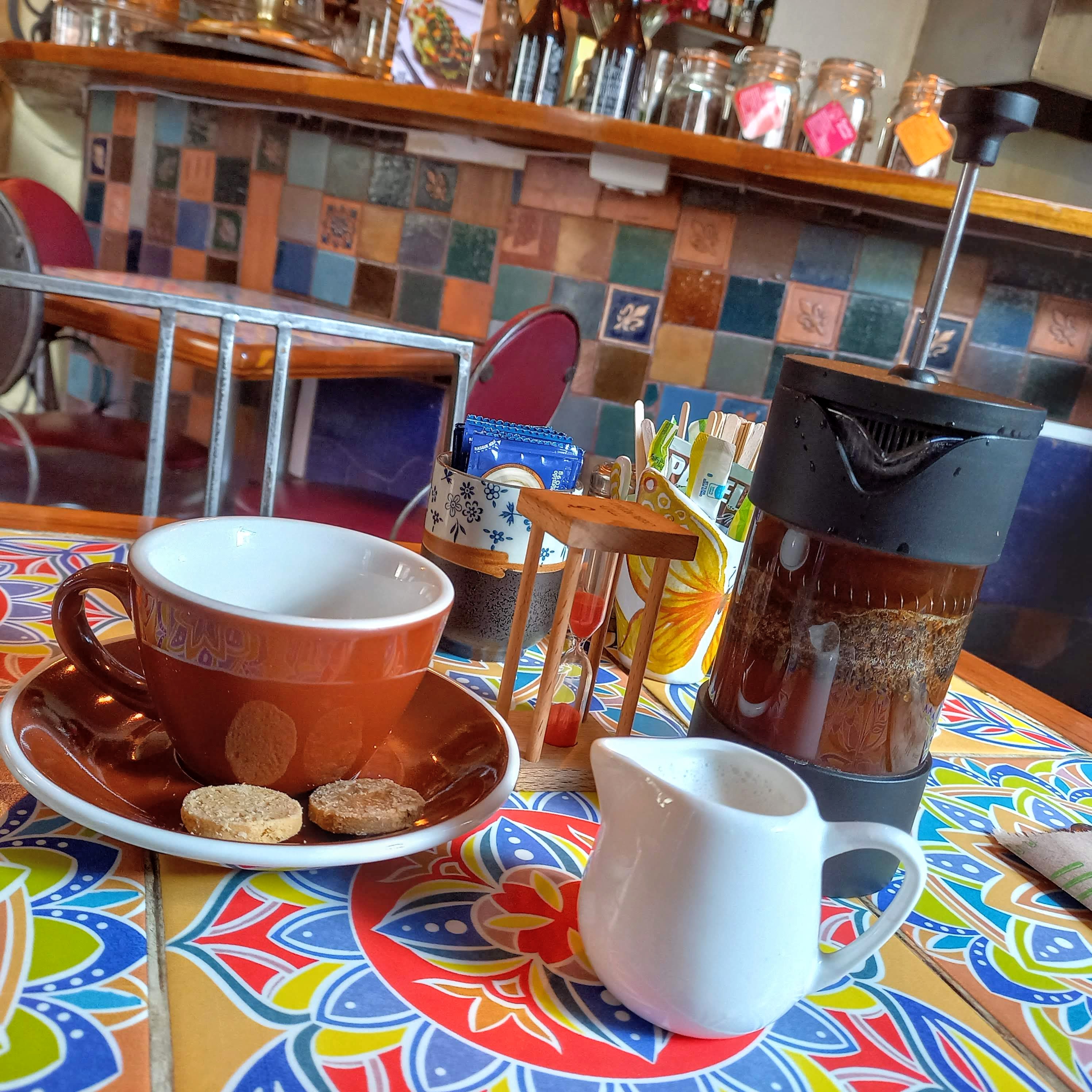
After months being unable to get coffee the way I want it in Colombia — the third-largest producer of coffee and one of the world’s biggest consumers — I thought I had solved my dilemma when I heard Nira, Peace Corps Colombia’s training manager, order un tinto largo con un toque de leche (a tall black coffee with a touch of milk). I tried it myself in a café in Cartagena only for the waiter to tell me, “What you want is a macchiato.”
I did not want a macchiato. I wanted a cup of black coffee with a little bit of milk. Even when I explained this, the waiter was very sure that a macchiato was what I actually wanted, because, even though it was a very small cup of coffee, the ratio of milk to tinto was correct in his opinion. Eventually, my friend and I convinced him to bring us cold-brewed black coffees — which he served in red wine glasses — with a few ice cubes. After he brought them, we asked for leche a parte y una cucharita. He gave us a strange look, but he brought us milk in a coffee cup. He did not bring a cucharita, so we asked again. Ten minutes later, he returned with a tray containing napkins and serving spoons. He painstakingly laid them out, first folding the thin paper napkins into tall triangles and carefully placing a spoon on each. This iced coffee was delightful. It still wasn’t quite what I wanted.
Coffee is only one example of things that aren’t quite the way I want them. In Colombia, pizza typically has no tomato sauce even when the menu clearly indicates a base of tomato. If a pizza does come with tomato sauce, that sauce might be ketchup, or, as they call it here, salsa de tomate. As a side note, pasta de tomate is basically concentrated ketchup; it is much sweeter than what comes in those tiny tomato paste cans in the United States.

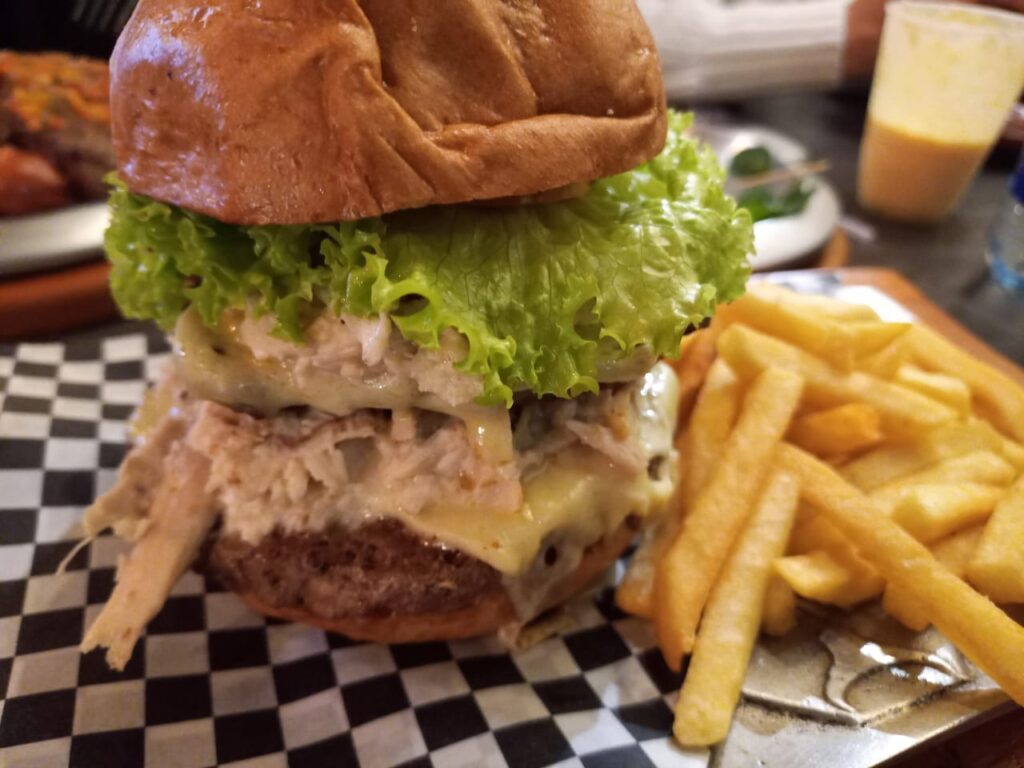
Generally, hamburgers are stacked high with toppings you don’t want. This can include ham, hot dogs, corn, potato sticks, an egg, or at least one of several sauce options that aren’t the defaults of mayonnaise and mustard. If you want a plain burger, you’ll have to order the least offensive option — in terms of piles of extraneous ingredients — and individually list all the toppings you do not want. Still, despite your best efforts, you will forget to tell them to get rid of the cabello de angel (potato sticks) because it is not listed as a topping on the menu because obviously all hamburgers and hot dogs are served this way. Occasionally, you will find a hamburguesa sencilla on the menu, and rejoice that you can order a simple hamburger without reciting a list of ingredients that really don’t belong on a burger in the first place. Then, you will bite into your miracle burger and taste apricot jam.You may also realize that the burger is not made of ground beef because, in Colombia, a hamburguesa is just a sandwich on a round bun and can feature any kind of meat.
A complete list of things you’ll be hard-pressed to find in Colombia is much too long for a single article, but it includes the following:
- a toilet seat or toilet paper in a public bathroom
- a hand towel in any bathroom to dry your hands on
- a steak you can chew enough to swallow
- a steak knife
- a sharp kitchen knife
- a knife sharpener
- an oven
- a spoon that is not a large serving spoon
- a hot shower with sufficient water pressure to rinse the shampoo out of your hair
- regular (not diet) tonic water or ginger ale in a cocktail
- a cocktail, at all, for that matter
- a bus schedule
- an accurate estimate of what time a meeting will start
- a notification from the school when the day’s class schedule has been changed
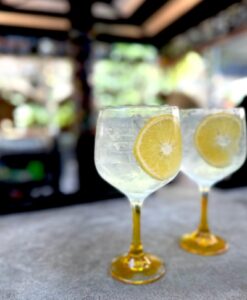
I know these sound like first world problems. They absolutely are. While they certainly cause frustration — particularly as they accumulate on a day-after-day basis — they are nothing but minor annoyances that Colombians don’t even notice. Questions I often ask: “Why are the bathroom light switches located outside?”; “Why does the school schedule change on a nearly daily basis?”; “Why are washed dishes piled in a plastic basin, instead of in a dish drainer, or on a towel, where they won’t sit in a pool of water?” Typically, the only response I receive is a shrug followed by: “Es a lo que estamos acostumbrados.”
As a Peace Corps volunteer, my job is to get used to it too because I am here to integrate into Colombian culture. I am not here to challenge it.
Besides, there are many more elements of Colombian culture I would never want to change. The way my six-year-old host sister runs, screaming up the street, to leap into my arms with glee whenever I return home after an overnight trip. The way her nine-year-old brother patiently corrects my toddler-level Spanish without snark. The way Mono, the family dog, follows me to school and to restaurants and to fields with the sole purpose of barking at every other dog and human and motorcycle to warn that I am his person and they should keep their distance. The way fellow bus passengers go out of their way to help me when I need to ask the bus driver to drop me off at a TransMilenio station instead of the south terminal in Bogotá. And the way a stranger tracked me down on Facebook to tell me he had found my boyfriend’s stolen passport on the side of the road. Better yet, the way he shipped it from Bogotá to Tunja after I declined his offer to hand-deliver it the next time he was in Boyacá visiting his family.
Yes: it is true that you can’t always get what you want in Colombia. But, if you try, sometimes — and often even if you don’t — you get what you need.
Please note: Any opinions or views expressed in this blog post are mine and mine alone. They do not represent the views of the Peace Corps.
